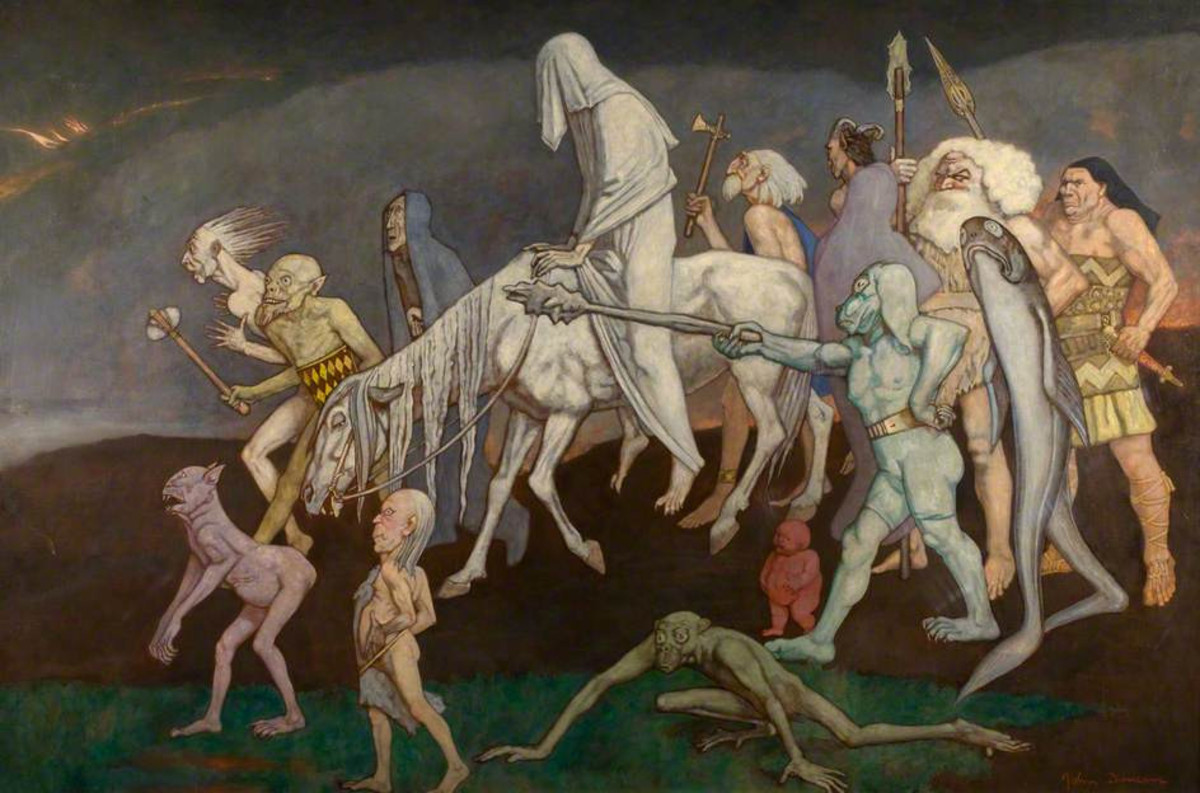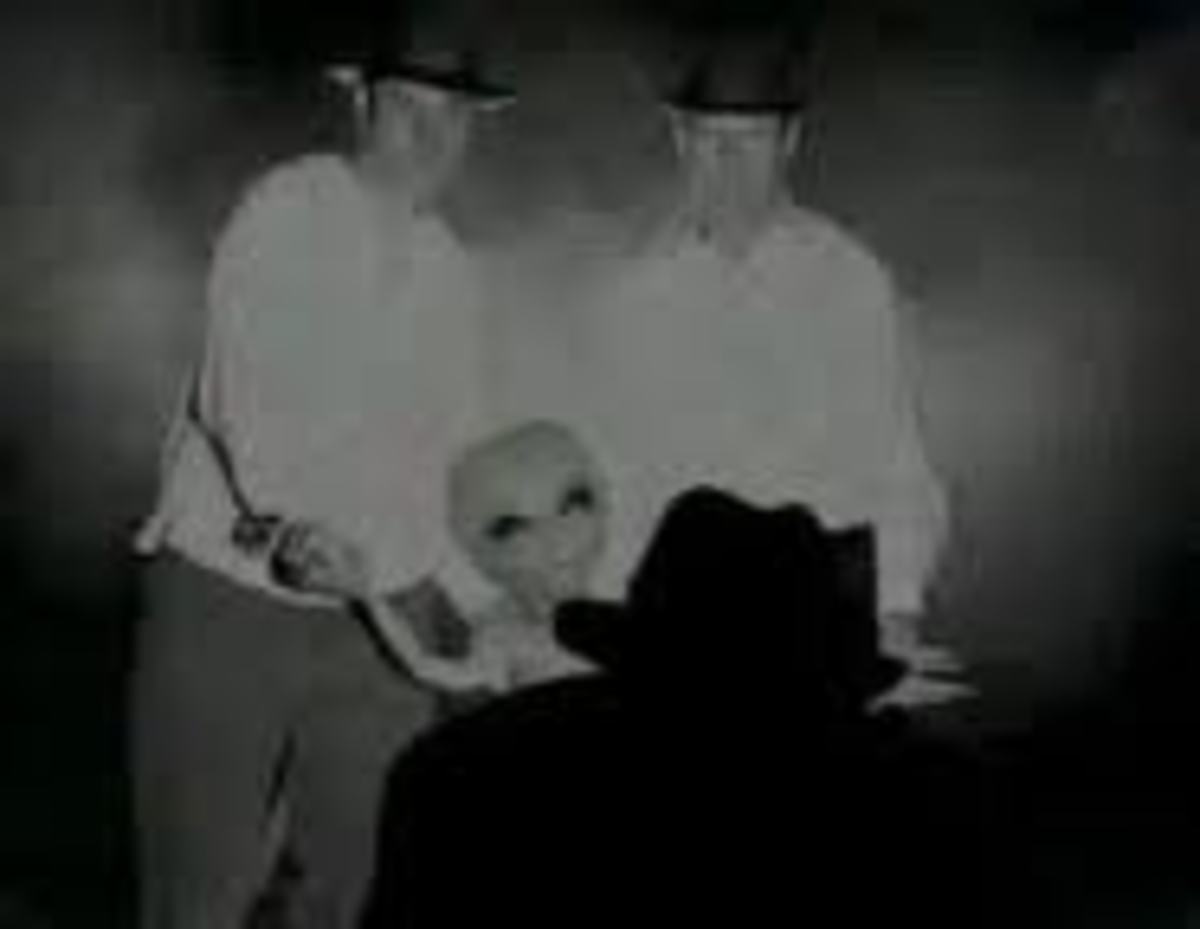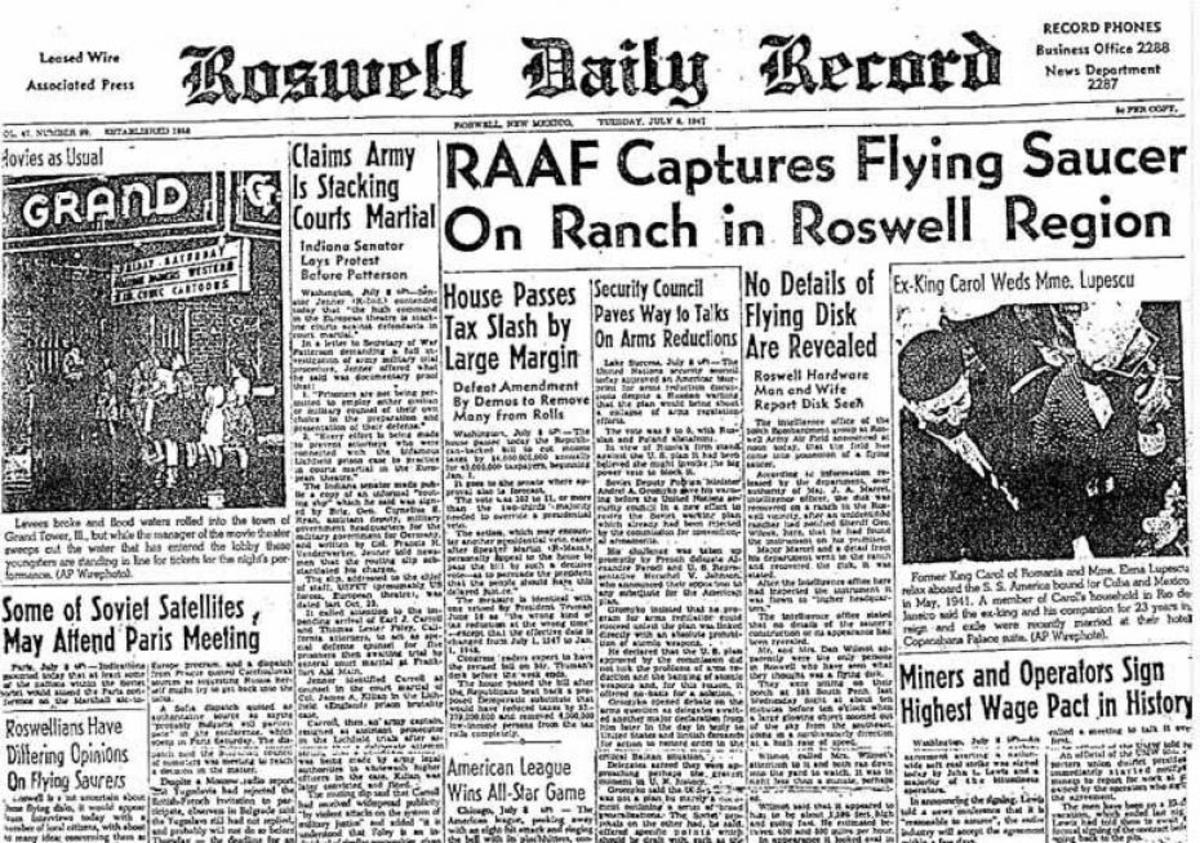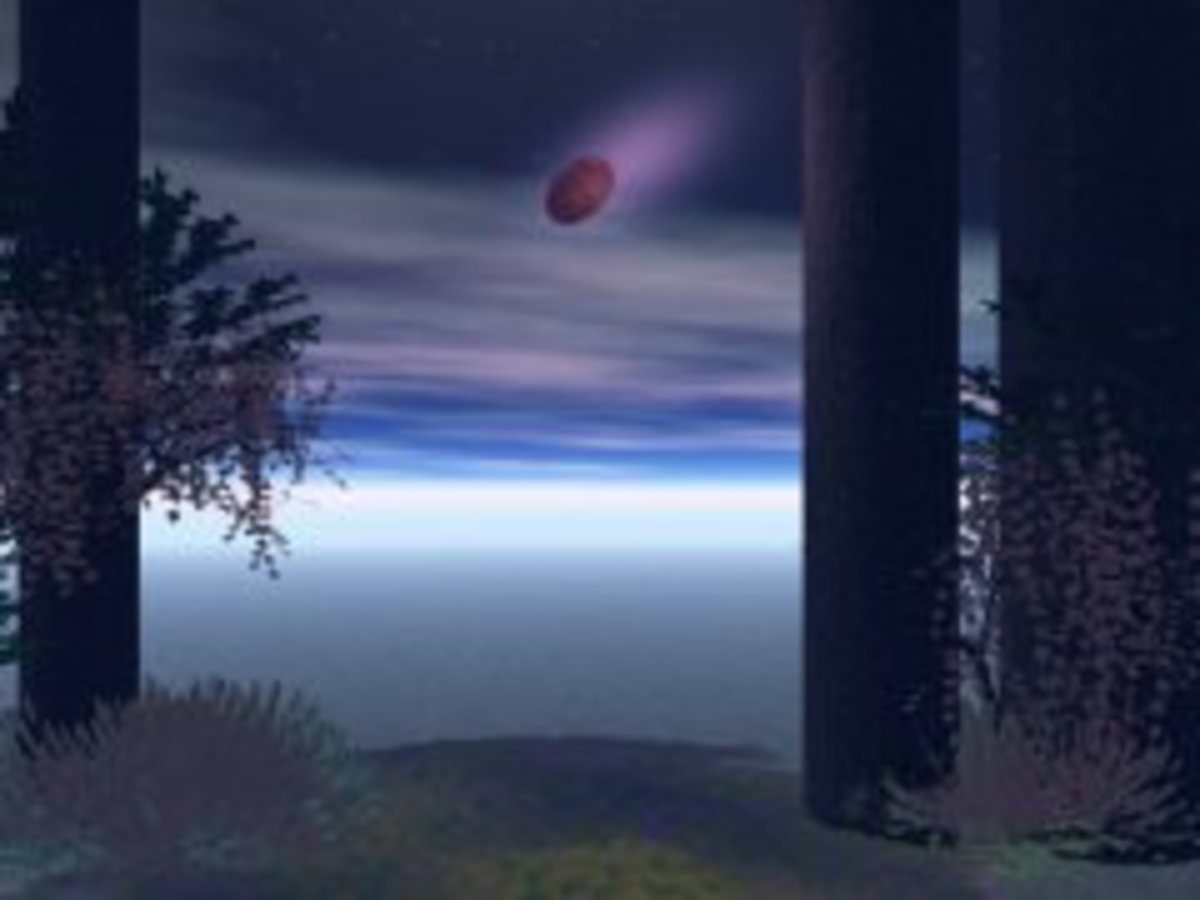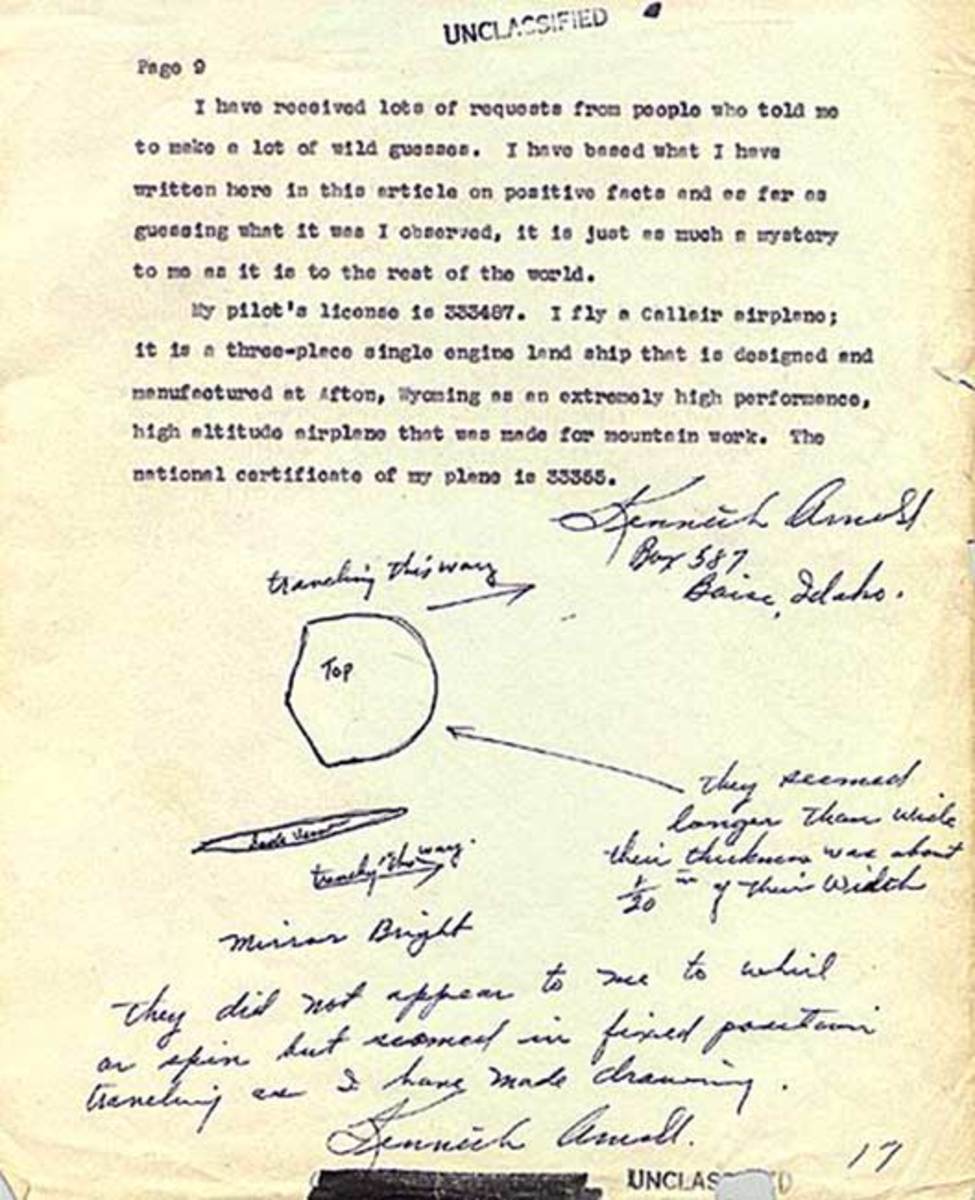UFO Day Cycles - Final Analysis?
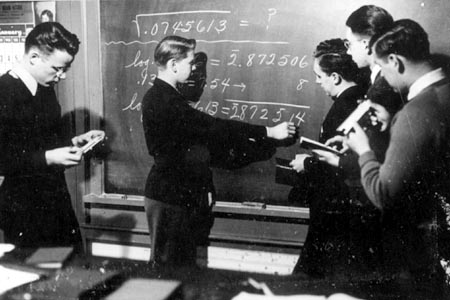
You may have noticed that I am in many ways your typical Aries type. I get an idea, I launch into promoting it before it's ready for prime time and then I go back and fiddle with it till I get it right. The only problem with that is, people start to loose confidence in my ability or at least in regards to me being able to get it right from the start. If it is any consolation, I think I finally have this UFO day cycle thing on target and ready to give you all the finer details. Here goes...
It is my belief that UFO waves and flaps do happen in cycles but, because there are a number of them; some measured in years, some months, and some days; it all gets a bit confusing. In an earlier hub there was my explanation for the day cycles or namely that our visitors from beyond are actually from our future (as well as a likely higher dimension). Their weeks are longer than ours since our solar system mechanisms that define time slow as we advance into the future (I believe that the visitors are actually inhabitants of our planet from close to 3,000 years from our future for the alien transplants and 150 years for our more advanced human counterparts who use back-engineered technology to get around). The longer cycles such as the Mars cycle of 776 days, the 3.19 year cycle that relates to crashed discs that I discovered, the 5+ year cycle that was noticed by the Lorenzen's (the late husband and wife UFO researcher team) back in 1968, and even a 10-12 year cycle related to sunspot activity on the face of the sun. All of these longer cycles I believe relate to disruptions in the magnetic field, causing instability in the fabric of time and space (and UFO propulsion and cloaking systems).
Recently my research has lead me to much more confidence in the two day cycles that I have proposed in these hubs. Cycle A, is now believed to be due to a week that is close to 3.5 hours longer than our regular week and advances by one day of the week every 7 weeks (or 50 days). For some reason (not because I haven't refined its period enough I believe) it doesn't coincide with peaks in the early UFO waves of July 1947 (on 7/6-7/7), the first peak date in October 1954 (on 10/3) and early November 1957 (on 11/5-11/6). However the cycle aligns for the 2nd wave peak in October 1954 (on 10/14), July 28, 1952, the month of March in 1966 and 1967, October 17, 1973, November 29, 1989 (biggest day in the Belgian UFO wave), and more recent sightings of August 21 & October 31 in Tinley Park, Illinois in 2004, the July 4, 2010 flood of sightings in the U.S. (as well as the peaks on the same day for the year before and after that), and the flap in and around Kansas City, Missouri on 10/3 & 10/4/2011.
Day cycle B is presently defined as being 2.43 years in length and peaking on Saturday/Sunday every 17 years on New Years Evening and Day (this occurred both in 1995 and 2012, but especially the later). This cycle came close to peaking with Cycle A on 7/4/2010 (actually the B cycle peaked the day before, but it was close enough for an effect; more so then than when it is estimated that they did peak together in late May or early June of 2010, since that is typically a slow season of the year for UFO sightings while July is often big). Not long ago I felt that that alignment occurs every 11 months (less a few days), but now think it may be more like a tad over 12 months. Unlike cycle A, which has more intense peaks (especially during wave or flap periods that I feel are linked to the proximity of longer length cycles), cycle B may be less spectacular but gives more consistent results, staying on the same 1-2 days of the week for a longer period of time (many months rather than just weeks). Presently cycle B is peaking on Saturday/Sunday while cycle A is doing so on Thursdays (but leaning towards Thursday/Friday).

Now, here is how you can calculate your own info on what day of the week is the most likely to have a significant UFO event witnessed. First take an established peak date, preferably one that is recent and indisputable. I am choosing 7/4/2010 as the most recent and least unlikely date. We will use the default time for that day as 10pm, CST (when sightings were at their peak for that date) so that any whole day calculated from it will also end up being at that time. Take an upcoming date such as when the planet Mars is closest to the earth in its orbit or March 5th, 2012. Determine the number of days between this date and 7/4/2010. The easiest way to do this is to use the following web site: http://www.timeanddate.com/date/duration.html . Take the result (610) and divide it by 49.64764 (yielding 12.2866). Take that figure and subtract the nearest whole number divisible by 7 (yielding 5.2866). This last figure is the result you need to add to the day of the week from the old date to get the closest peak day to the newer date being considered. Since 7/4/2010 fell on a Sunday, you add 5.2866 days of the week to get a few hours past midnight for the evening of Friday/Saturday on 3/2-3/2012. Since the peak is closer to 10pm Friday than it is 10pm Saturday, Friday is the primary day for sightings with the secondary day being Saturday. Since cycle B is peaking on Saturday/Sunday at that time, then Saturday may be almost as good as Friday for sightings.
I leave you now with a UFO weather map (created by California UFO researcher Steve Reichmuth) for August 2008.
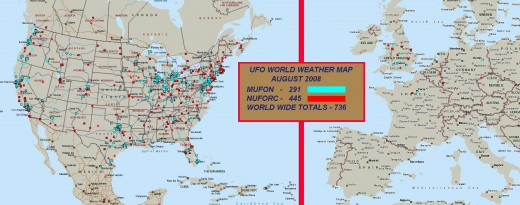
© 2012 Joseph Ritrovato


